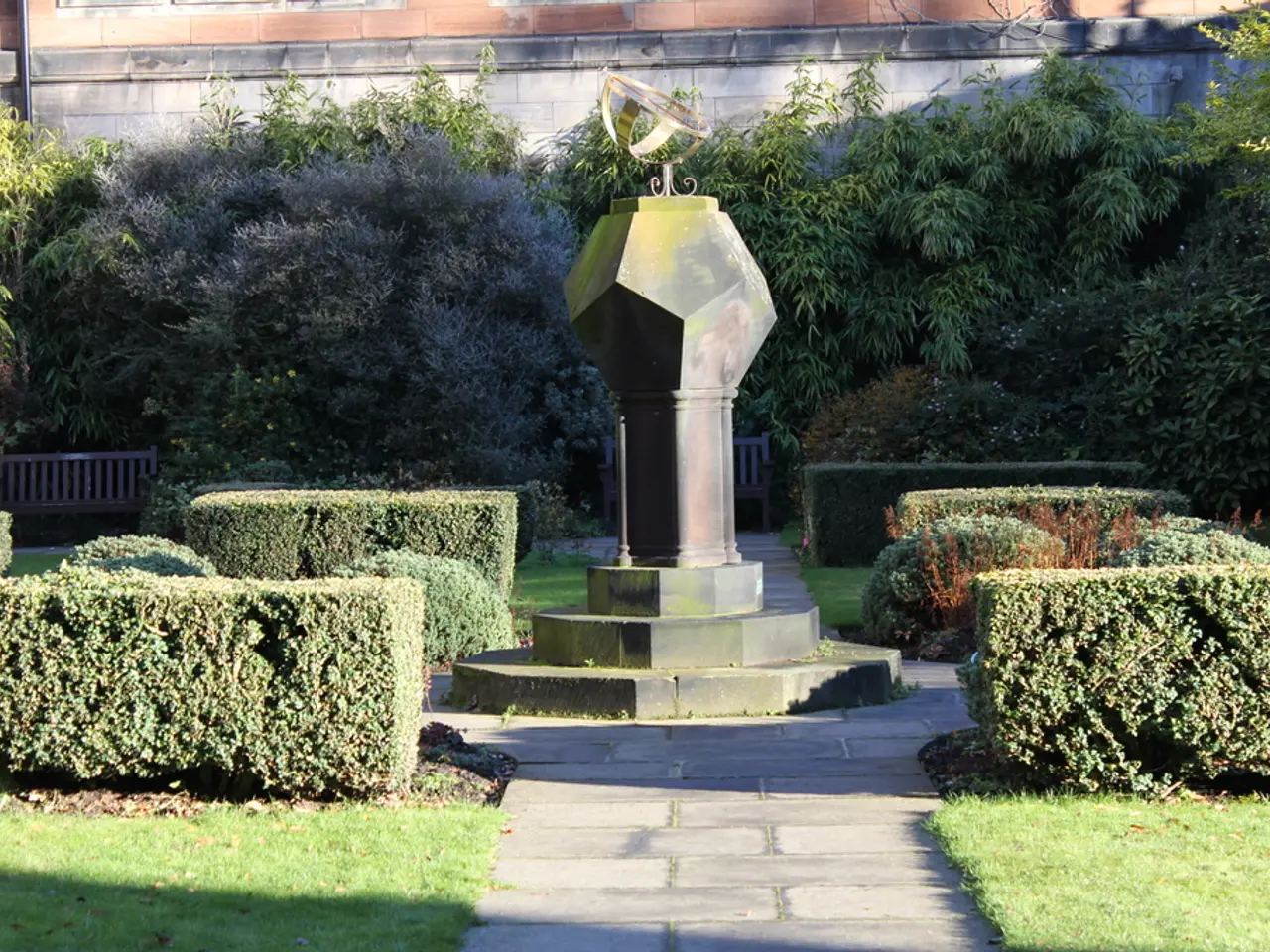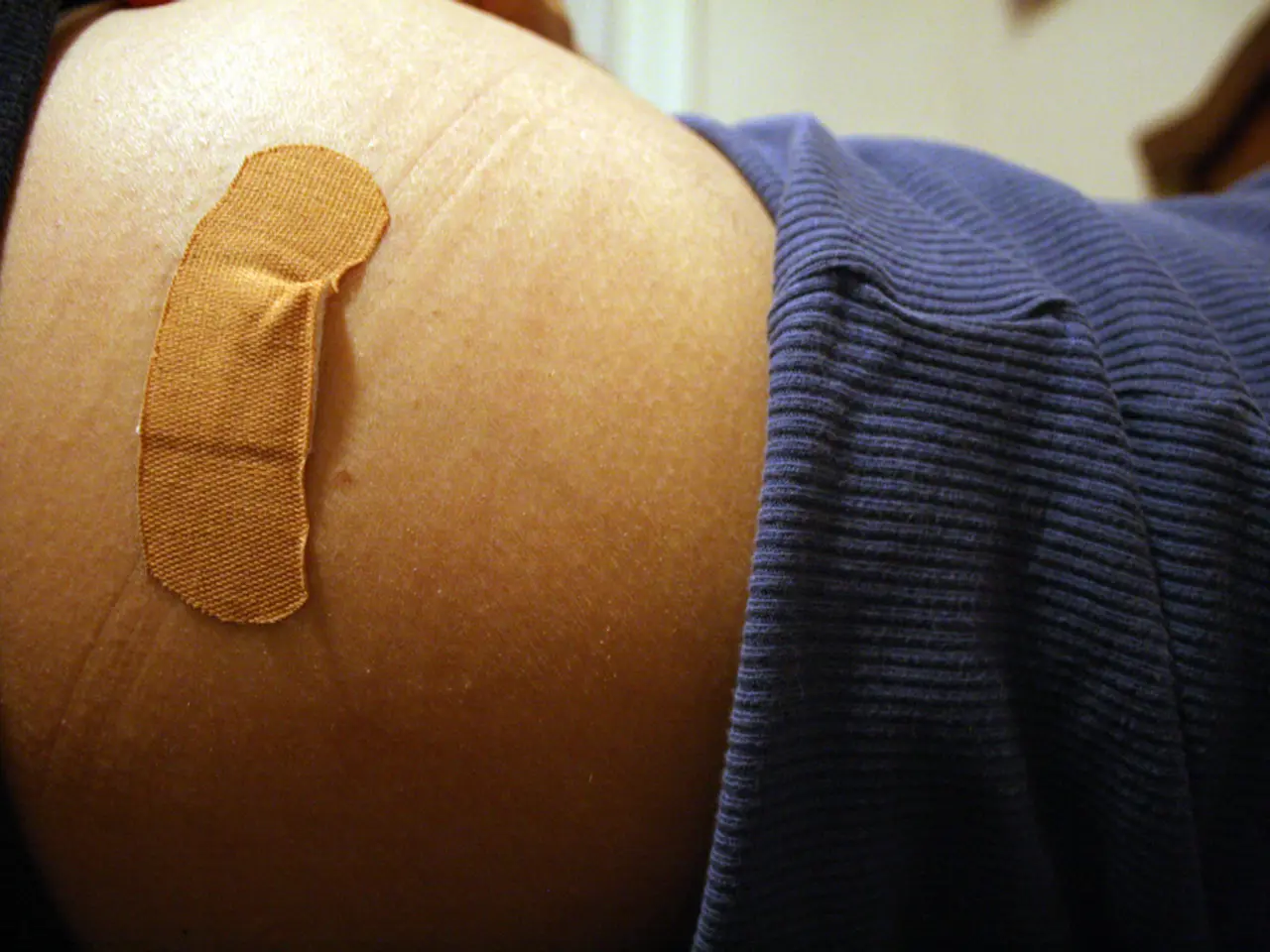Psoriasis, a recurring skin disorder: Understanding causes, treatments, and beyond
Large Plaque Parapsoriasis (LPP) is a type of inflammatory skin condition that resembles psoriasis but may behave differently. This condition mainly affects middle-aged individuals and is characterized by large, scaly patches on the skin, typically pink, red, or yellow-brown, most commonly found on the trunk, limbs, or buttocks.
The symptoms of LPP are easy to identify. These patches are usually dry, rough, flaky, and sometimes mildly itchy. In more severe cases, the patches become thickened or dark, larger than 5 cm, with persistent itchiness, burning, pain, or tenderness. Over time, these patches may show changes in shape, size, or texture.
Diagnosing LPP involves a clinical examination of the characteristic skin patches and may include a skin biopsy to differentiate it from other disorders like psoriasis or cutaneous T-cell lymphoma. Early identification is crucial due to its potential premalignant nature.
Treatment options for LPP focus on managing symptoms and preventing progression. Topical therapies such as corticosteroids are often used to reduce inflammation and scaling. Phototherapy, which involves exposure to UVB or UVA light, is another common treatment method. It should not cause sunburn, but may cause slight pinkness in the skin.
For severe cases of LPP, phototherapy treatment may be initiated if the rash does not clear by at least 50%. This treatment is usually administered 2-3 times a week. For those with LPP, regular dermatologic monitoring and consistent treatment are necessary to improve long-term outcomes.
It's important to note that there are two types of parapsoriasis: small plaque parapsoriasis (SPP) and large plaque parapsoriasis (LPP). SPP is treated with a moderate to high potency topical corticosteroid for 8-12 weeks, while LPP may require a very high potency steroid for about 12 weeks.
In conclusion, LPP is a chronic, lifelong condition that requires long-term management. People with LPP should see a healthcare provider for follow-ups annually for small plaque parapsoriasis and every 6 months for large plaque parapsoriasis. Early detection and proper treatment can help manage the symptoms and prevent complications associated with this condition.
- Large Plaque Parapsoriasis (LPP) is a type of skin condition similar to psoriasis, but its behavior can differ, with symptoms like large, scaly patches on the skin that are dry, rough, flaky, and sometimes itchy being common.
- Proper identification of LPP symptoms is essential because its potential premalignant nature requires early detection for effective management.
- Treatment for LPP focuses on managing symptoms and preventing progression, often involving topical therapies like corticosteroids and phototherapy methods, such as UVB or UVA light exposure.
- People with LPP should consult a healthcare provider for regular follow-ups and consistent treatment, as this condition requires long-term management for optimal outcomes.




